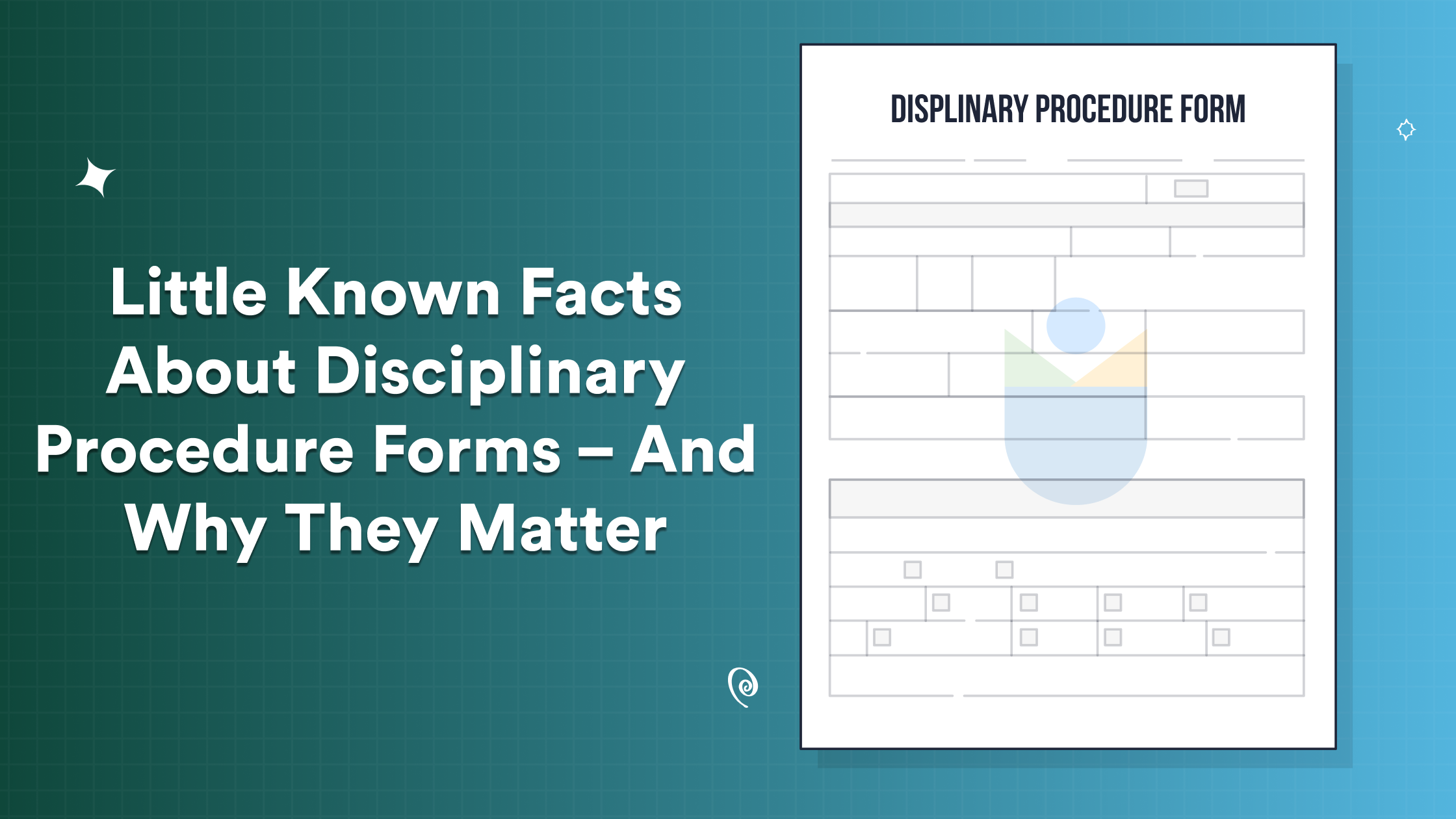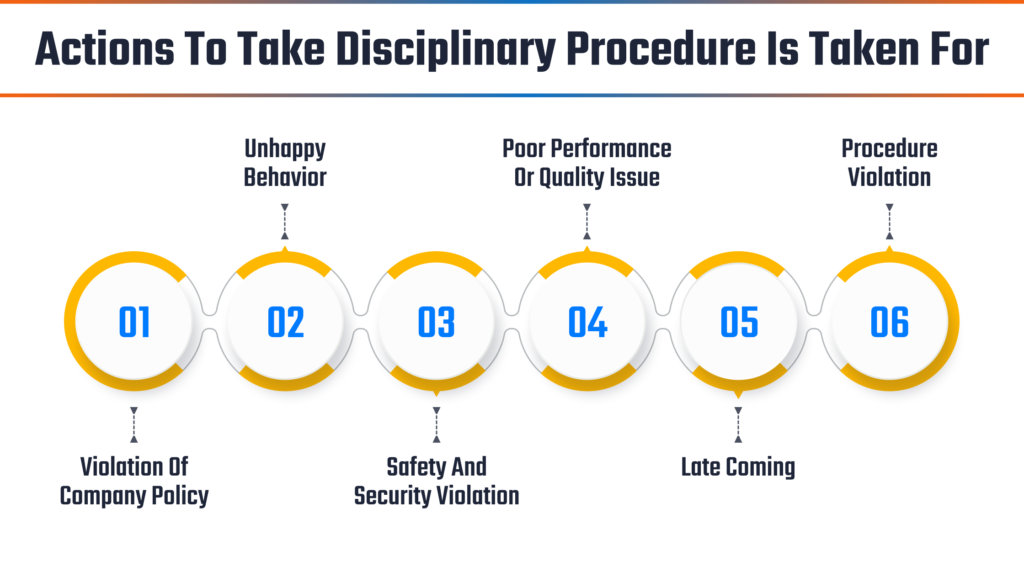UBS App is now Superworks

An employee disciplinary procedure form is designed to inform an Employee whose actions are not in a disciplined manner. As a result of the disciplinary procedure form, the employer can take action against the employee. Sometimes it may happen that every employee doesn’t take it in a good way, so the corrective action defined in this form will generally be unpleasant to the utmost workers. So it would be considered to make the wise disciplinary procedure form template and standardize it to keep in professional action.
Note: This letter will be useful to you! You can edit it, as your needs and requirements.
A correctional procedure sets professional prospects for employees and the entire company. This composition outlines the factors of a disciplinary procedure form, when to use one, and how to write one. So here is the brief info, lets deep dive into it.
An employee disciplinary procedure form informs an existent of their incapability to meet some prospects of the company that will be taken as acting as the result. Upon completion, these documents are generally stored in the training and development phase.
These kinds of forms document violations and insure professional relations during disciplinary procedures. If the disciplinary actions are not followed correctly it results – in termination as well.
Depending on the behaviour, your first warning may have been a verbal warning of some kind. But if the action is serious enough, or if a less-serious contravention occurs again, it’s a good idea to fill out a Disciplinary Procedure Form.
In both of these cases, counting on your memory is unwise, and you can indeed have to take action if it is done again and again. After one verbal warning, or right down if the violation is serious enough, form everything in jotting and presenting it to the employee. This helps him or she begin to see the significance of changing his or her actions.
An employee disciplinary form should be used when there’s a professional gesture to check the actions of an employee.
In utmost cases, disciplinary forms are issued after a verbal warning for the same.

Actions To Take Disciplinary Procedure Is Taken For
A disciplinary procedure form is designed to be used to inform an employee that he or she has violated a policy or anticipation established by his employer. This is one of the professional warnings and after this, they can take action on employees’ actions.
Before you consider the process of disciplinary procedure form, you need to know step by step process.
Once the HR manager or employer or any senior authority notice any violation, nondisciplinary behaviour, or lack of performance; just like the “Yellow card”, a verbal warning is necessary from them.
Communication should encompass suggested styles to take action along with the procedures in question.
Once the employee commits an alternate violation the employee will get the written notice in form or letter. At that time – disciplinary procedure form sample is used. The written notice should give details of the unhappy behaviour, actions that will be taken in the future, and the reason for that.
It is absolutely company policy, after giving verbal and written warnings of unhappy reviews may be conducted of the employee. All former history of company enterprises or violations should be proved and the employee should be notified of the coming practicable way that may be taken by the director or company.
This information should be included in this form:
Every disciplinary procedure form should have this introductory section in this general order.
Other sections can be added as per necessity, but these sections should always be present. You use them to create the perfect disciplinary procedure form sample with a brief history of the employee’s action.
You can download the Disciplinary procedure Form UBS HR toolkit.
Note: This letter will be useful to you! You can edit it, as your needs and requirements.
In this section, we will give you a step-by-step process for filling out a disciplinary procedure form. One important thing to flashback as you fill in the information is to always keep the language professional.
Please note, we’re giving these instructions as a disciplinary procedure form template included in this composition. Specific instructions for your form may differ. Also, it’s important to fill in all blanks with a suggestion that you have not forgotten this information.
These are the instructions.
Describes in professional language what you witnessed when the violation passed.
Allows the employee to describe what happened from his perspective.
The final step in this process is to submit the disciplinary procedure form to the applicable person or department within your business.
You can automate these things by adding policies in the office system. UBS has all types of warning letters and forms, you can directly download them from that and just pass them through your company.
You can get the automated system and make all the HR processes hassle-free, improve productivity and raise growth with UBS HRMS software.
We are here to help you find a solution that suits your business need.
Get a visual representation of how we work!
Schedule DemoOur sales expert is just one call away to meet your needs.
Get In TouchHave a question?
Chat with Us